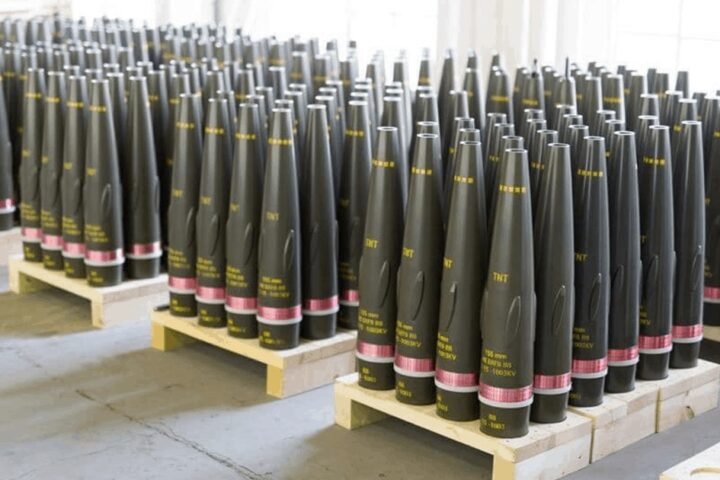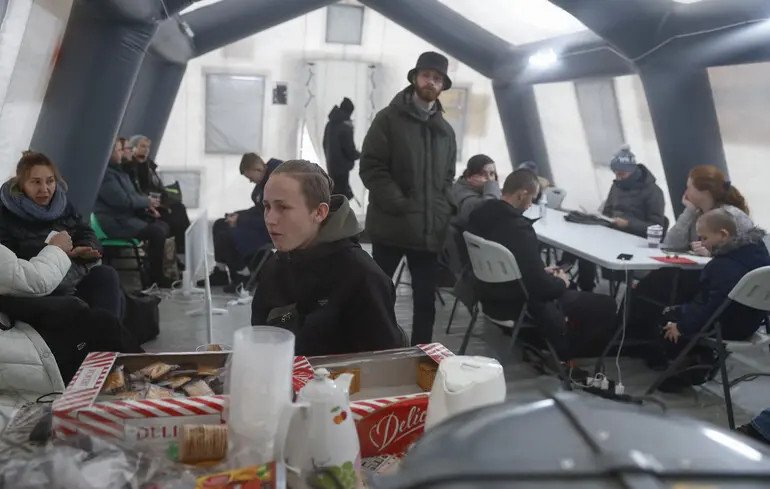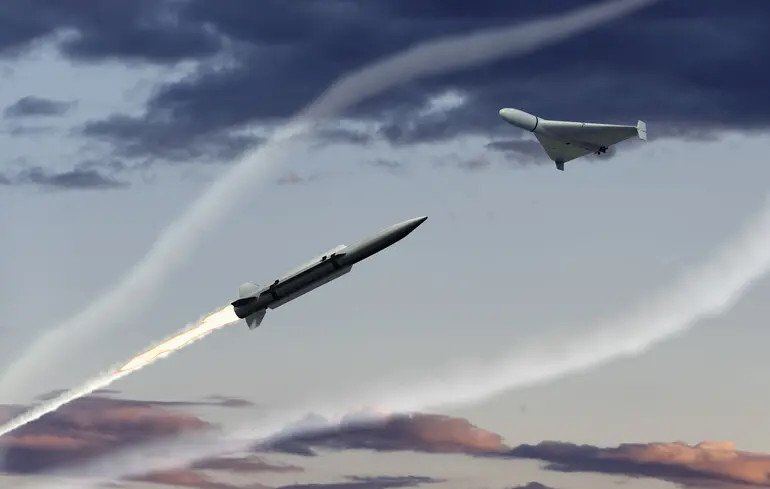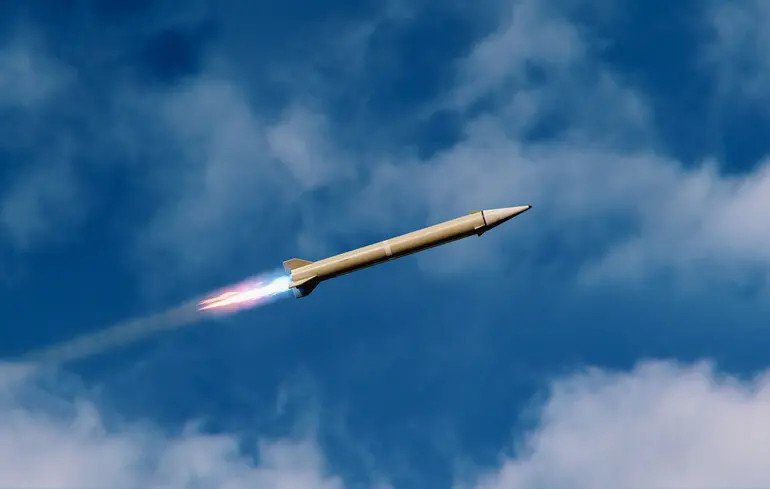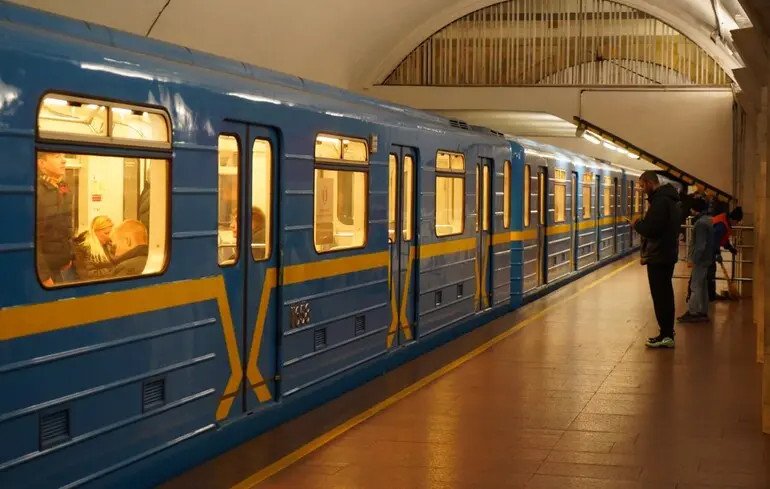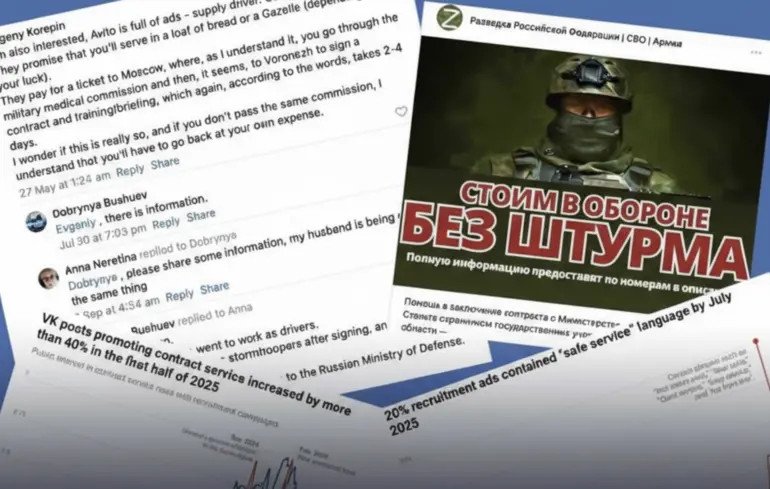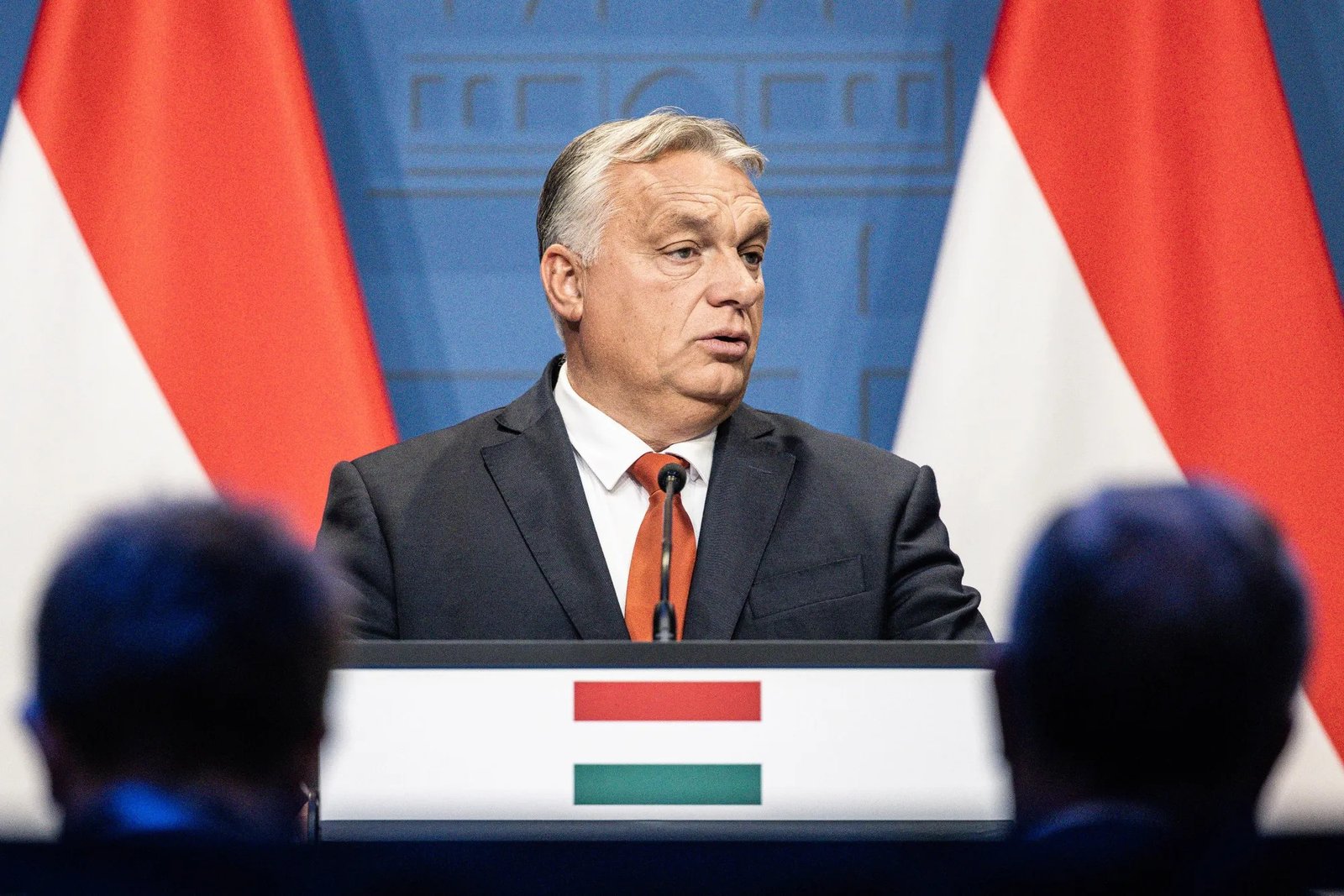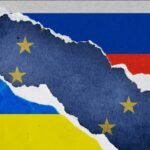As Russia continues its full-scale invasion of Ukraine, the two countries have once again offered competing visions of what a “ceasefire” really means — and the contrast could not be starker.
Ukraine, prioritizing human lives, has proposed a 30-day ceasefire starting May 7. This initiative isn’t performative; it’s a practical step aimed at creating humanitarian access and safe evacuation routes for civilians trapped in active combat zones. It is Kyiv’s way of saying that peace — even temporary — must serve people, not propaganda.
Russia, meanwhile, has countered with a three-day “pause” to coincide with its Victory Day celebrations on May 9. On paper, the gesture may appear similar. But in reality, Moscow’s offer lacks any operational clarity or intent to reduce civilian suffering. It appears carefully timed for domestic optics, not humanitarian relief. There are no clear commitments, no international oversight, and no mechanism to ensure safe passage.
This is not the first time Russia has used the language of peace to serve military goals. Over the course of the war, the Kremlin has repeatedly announced limited ceasefires that were promptly used to reposition troops, gather intelligence, or mislead international observers. Ukraine and its partners have grown increasingly wary of such tactics.
That is why Ukraine insists that any ceasefire must be internationally monitored and verified. Words alone are not enough — history has shown that the Kremlin cannot be trusted to uphold unilateral declarations.
The international response has so far aligned more closely with Ukraine’s position. EU officials have voiced support for Kyiv’s proposal, recognizing that genuine ceasefires must be built around humanitarian access and diplomatic process, not theatrical displays. The UN has also backed calls for humanitarian corridors, reinforcing the global community’s trust in Ukraine’s approach.
Yet even as Kyiv presses for real de-escalation, Russia is preparing for a very different kind of event. The May 9 Victory Day parade in Moscow — once a commemoration of triumph over fascism — has increasingly become a spectacle of military propaganda under Vladimir Putin. Attendance by international leaders is expected to be sparse, with many democracies unwilling to be seen endorsing a regime currently waging an illegal war.
Indeed, Moscow appears to be leveraging the parade as a diplomatic shield. Russian officials have hinted that the presence of foreign leaders — particularly Chinese President Xi Jinping — could serve as a form of “protection” against Ukrainian drone strikes, which have previously hit Russian targets deep within the country. This suggests not strength, but anxiety.
Despite these efforts, there is no indication that China is willing to offer Russia any real security guarantees. The notion that foreign dignitaries could deter attacks reflects how vulnerable the Kremlin now feels — even in its own capital.
Moreover, Russia’s internal preparations ahead of the parade tell their own story. With anti-drone systems deployed across Moscow, airspace closures, and roadblocks erected, the government is bracing for potential disruptions. This is not the image of a confident nation, but one on edge.
Ukraine, in contrast, has made it clear: it cannot and will not take responsibility for the security of guests invited to Moscow’s military parade. That obligation lies solely with the Russian Federation — and the risk is a direct result of the choices it continues to make.
The real danger in Moscow today is not a drone strike, but the normalization of aggression cloaked in the language of commemoration. When war criminals hold parades, silence becomes complicity.
That’s why Ukraine’s proposal — however difficult to implement — deserves attention. A 30-day ceasefire monitored by international observers would bring tangible relief to civilians and show the world that diplomacy is still possible, even amid war. It also exposes Russia’s lack of interest in any peace that isn’t performative.
As the world watches Moscow roll tanks through Red Square, Ukraine is calling for trucks carrying medicine and food to reach the frontlines. That contrast speaks volumes. One side is staging a show. The other is trying to stop the suffering.

